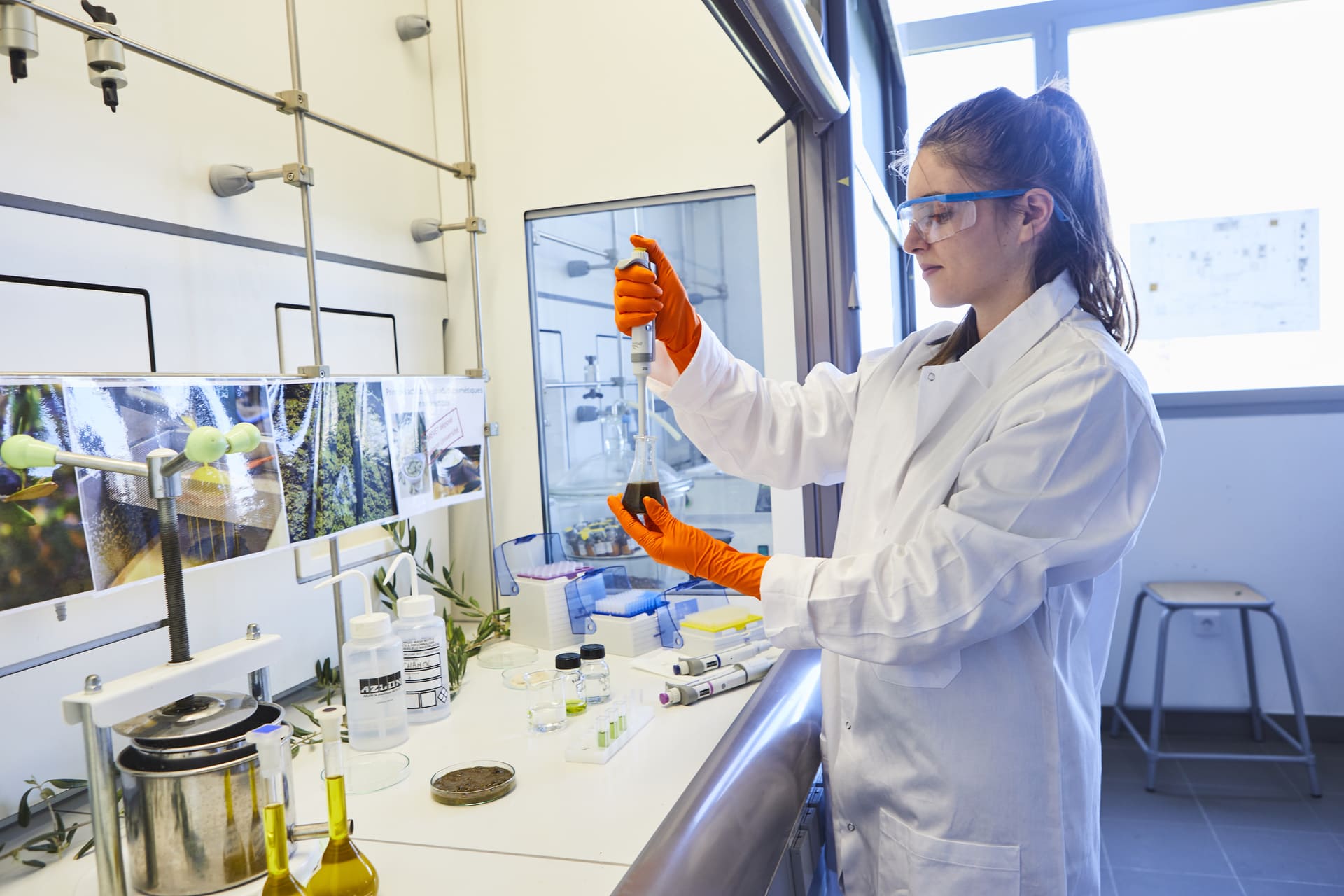Eco-extraction
Eco-extraction of plants is based on the conception of extraction processes allowing to reduce energy consumption, the use of alternative solvents and to privilege renewable plant resources, while guaranteeing a safe and quality extract.
It is a concept that meets the challenges of the 21st century, protecting both our environment and consumers while improving the competitiveness of industries.
Plant extraction processes have been used probably since the discovery and domestication of fire. Egyptians and Phoenicians, Jews and Arabs, Indians and Chinese, Greeks and Romans, and even Mayans and Aztecs: all these civilizations had a know-how in the art of extracting and using plants to obtain substances of interest for their cosmetics, perfumery, medicine, food, colors and building materials.

What is green chemistry?
There are a number of bibliographic resources that report new solutions for a cleaner and safer chemistry: green chemistry. This 20th century chemistry integrates the optimization of the efficiency and energy consumption of processes, the recycling of raw materials and by-products of chemical reactions, the reduction of final waste and the impact on health and the environment. The challenges of the 21st century for the protection of the environment and humanity in general, as well as the competitiveness of the globalized market, require breakthrough innovations rather than simple continuity. One of the solutions would be a new “green chemistry of the plant” based on the plant as a raw material with both economic and responsibility values. However, innovation is needed throughout the entire chain, from cultivation to biorefinery, in order to obtain synthons that will be transformed according to the principles of green chemistry to make medicines, plastics, ingredients, etc. Thus, an essential link in this chain is the extraction, including the ” detexturing” of plant matter, as well as the obtaining of various metabolites.
The field of extraction
The field of extraction has entered its revolution or its “green” evolution, by operating a mutation towards the “eco-extraction of plants”. A definition as well as principles were adopted thanks to a collective work with the participation of the producers of vegetable raw materials, the industrial processors of extraction and purification, the formulators of finished products as well as academic researchers, the poles of competitiveness and the institutions: “Eco-Extraction is based on the discovery and design of extraction processes that reduce energy consumption, but also the use of alternative solvents and renewable plant resources, while ensuring the quality and safety of finished products towards operators, consumers and our environment”.
The Goals
This allowed to list the technological barriers and challenges to be taken up by academics and industrialists, to reflect on the evaluation of the environmental impact, the importance of labels and standards, the expectations of consumers, industry and institutions, but also to consider the future visions in a context of competitiveness and sustainable development.






